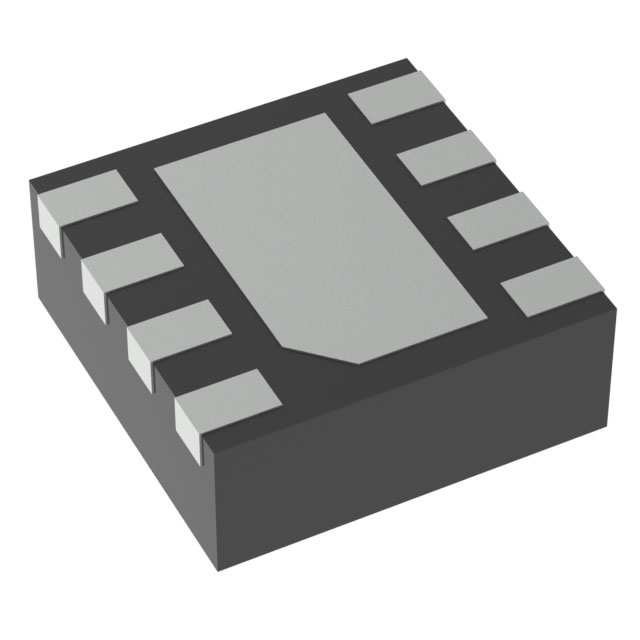JM38510/10304BGA
Manufacturer No:
JM38510/10304BGA
Manufacturer:
Description:
IC COMPARATOR 1 DIFF TO99-8
Datasheet:
Delivery:





Payment:




In Stock : 249
Please send RFQ , we will respond immediately.









JM38510/10304BGA Specifications
-
TypeParameter
-
Supplier Device PackageTO-99-8
-
Mounting TypeThrough Hole
-
Package / CaseTO-99-8 Metal Can
-
Operating Temperature-55°C ~ 125°C
-
Hysteresis-
-
Propagation Delay (Max)-
-
CMRR, PSRR (Typ)-
-
Current - Quiescent (Max)7mA
-
Current - Output (Typ)-
-
Current - Input Bias (Max)100pA @ 30V
-
Voltage - Input Offset (Max)3mV @ ±15V
-
Voltage - Supply, Single/Dual (±)5V ~ 30V, ±2.5V ~ 15V
-
Output Type-
-
Number of Elements1
-
TypeDifferential
-
PackagingBulk
-
Product StatusActive
-
SeriesLM111
The JM38510/10304BGA integrated circuit chips, also known as the 54LS04/BCAJC, have several advantages and application scenarios. Here are some of them:Advantages: 1. High-speed operation: These chips are designed to operate at high speeds, making them suitable for applications that require fast data processing and signal transmission. 2. Low power consumption: The chips are designed to consume low power, making them energy-efficient and suitable for battery-powered devices or applications where power efficiency is crucial. 3. Wide operating voltage range: The chips can operate within a wide voltage range, allowing them to be used in various electronic systems with different power supply specifications. 4. High noise immunity: The chips have a high level of noise immunity, making them resistant to external interference and suitable for applications in noisy environments. 5. Compact size: The chips are available in a small form factor, making them suitable for applications where space is limited.Application scenarios: 1. Digital logic circuits: The JM38510/10304BGA chips are commonly used in digital logic circuits for various applications, such as signal amplification, signal inversion, and signal buffering. 2. Microcontrollers and microprocessors: These chips can be used in microcontrollers and microprocessors to perform logic operations, signal conditioning, and interfacing tasks. 3. Communication systems: The chips can be used in communication systems, such as routers, switches, and modems, to process and transmit digital signals. 4. Industrial automation: The chips can be used in industrial automation systems for tasks like signal processing, control logic implementation, and sensor interfacing. 5. Automotive electronics: These chips find applications in automotive electronics, such as engine control units, transmission control modules, and electronic stability control systems, for various digital logic functions.It's important to note that the specific application scenarios may vary depending on the requirements and specifications of the electronic system being designed.
JM38510/10304BGA Relevant information










